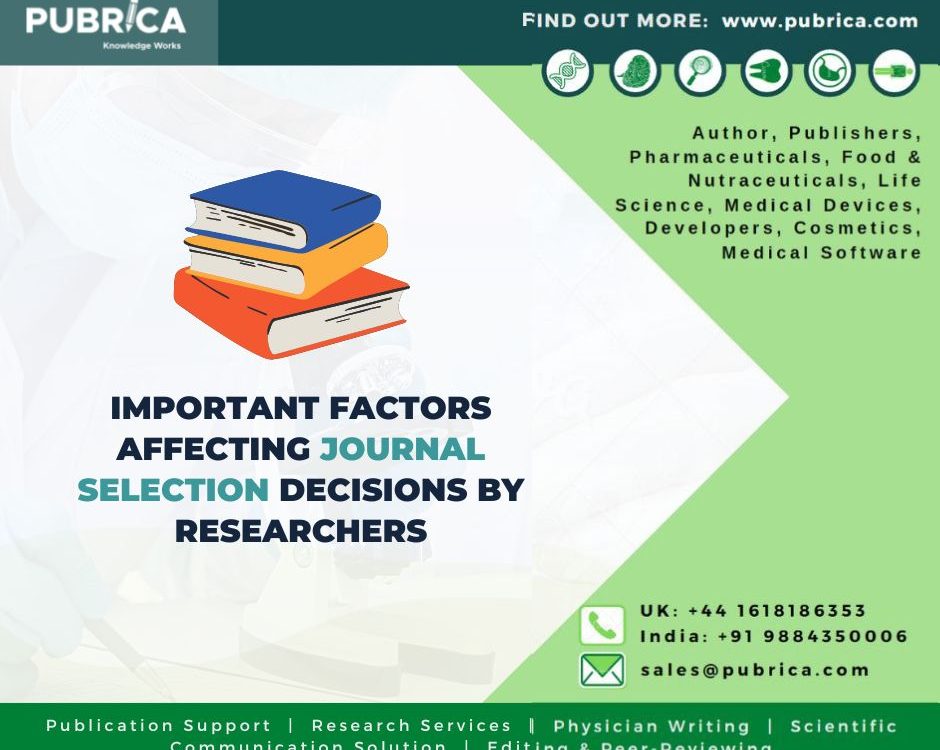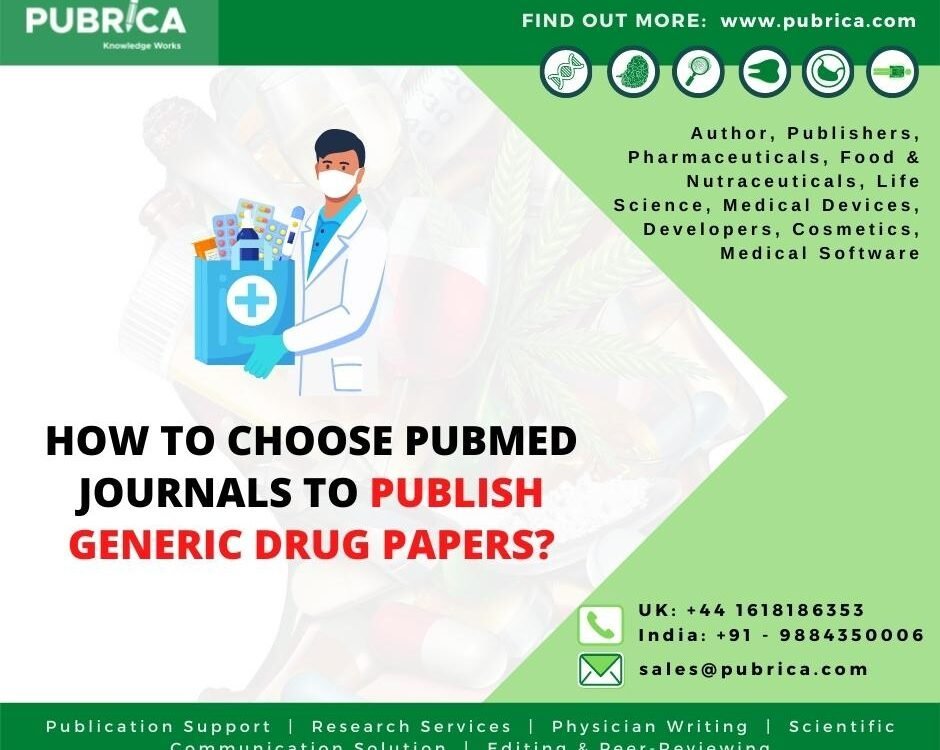
Deciding on a journal
November 1, 2018
Open access publication has come of age
November 1, 2018Publishing in a reputed medical journal
The path to medical paper publishing is paved with challenges. How do you go about this arduous project?
Top-grade research is pivotal for the enhancement of any branch of science, and this is specifically applicable in the field of medical science. Top academic journals contribute a key role in sharing novel ideas and observations, making them available to the public at large. Publishing in a leading medical journal is certainly a rewarding experience because it showcases your efforts and communicates the results to the community.
Showcasing scientific results is arduous but valid and reliable data is handy to other physicians, researchers, and patients; in addition, present your observations in a clear, concise, and comprehensible manner to attract readers. Follow these guidelines while preparing a research article for a high-impact medical journal.
Reliability of research data
No compromises. Good writing and presentation must be backed up by solid experiments. So plan and execute the study meticulously. Data integrity is vital and hence double check the veracity of data and results. Remember, self-plagiarism is also plagiarism. Honestly present your data and report your observations. Before you present to your committee or publisher, assess the strengths and weaknesses of your work in a realistic manner.
Clarity in writing
Medical and non-medical research papers have a common format that makes it simpler for reviewers, editors, and audience to understand your work. The IMRAD structure is the most commonly used structure that includes the following: 1) Introduction (why you did this?), 2) Methods (what and how did you do it?), 3) Results section (what are your findings?), and 4) Discussion (what do you infer?).
Write a succinct conclusion summarizing the project proposal and its value, but this need not be a different block and you can include this to the discussion. In the manuscript include these: a) concise, informative heading; b) authors’ affiliations; c) well-drafted abstract; d) few keywords; e) acknowledgments; and finally, f) updated references.
Editors pay specific attention to the abstract, figures, and tables when finalizing a paper for peer review and so review these sections properly before submitting your dissertation.
The appropriate audience
The subject topic of your manuscript determines the journal you will publish in. And this choice is contingent on the journal scope and your career level. Scope, structure, format, length, etc.—these are specific author instructions that most publications advise on. To increase chances of getting your manuscript published, follow these guidelines. Relevancy of results is key to your readers. Determine if you want to go for a wide-reach journal or specific subject journal (for experts).
The appropriate Journal
Reputed medical journals are New England Journal of Medicine (NEJM), The Lancet, BMJ, etc. and are known for their stringent peer-review process (scientists, statisticians, physicians, and editors) and high impact factors.
The Lancet is highly credible and very choosy and publishes only about five percent of the papers.
Journal of the American Medical Association (JAMA) too is a top notch journal and popular for its medical papers.
Open access articles are posted by British Medical Journal (BMJ) and paper are truly high-grade.
The path to publishing in high-impact journals can be arduous but fret not. All you need is hard work (which you have done), inspiration, hard work, and planning. Plan to make the process simpler. Hone writing skills early on and this skill is sure to come in handy as you advance in your career. When you select a research topic, also find a mentor who can support and check on you during your submissions.
Many high-impact journals and online publications publish students’ research papers and it is certainly a good practice for aspiring physicians to submit/showcase their work to garner experience. Student BMJ, International Journal of Medical Students (IJMS), Medical Student Research Journal (AMSRJ), etc.—these are some student-based journals. A great opportunity to glean medical publishing experience.



